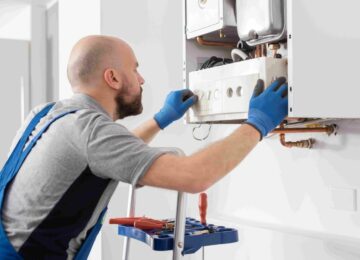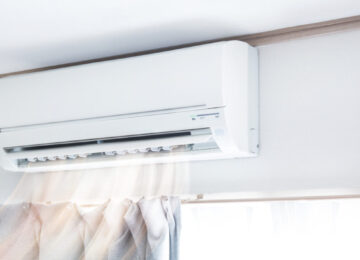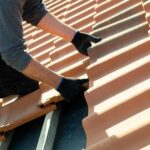Introduction
As residential elevators become more common in modern homes, homeowners face an important decision: choosing between air-driven lifts and traditional elevators. Both options offer unique benefits, but they vary in aspects like installation, energy use, space, and maintenance. This guide explores these differences to help you make an informed choice for your home.
1. Understanding Air-Driven (Pneumatic) Lifts and Traditional Elevators
● Air-Driven Lifts: Known for using air pressure for vertical movement, pneumatic lifts operate without cables or counterweights. They are energy-efficient, requiring minimal space and infrastructure.
● Traditional Elevators: These lifts rely on cables and pulleys or hydraulic systems. They are sturdy and support higher weight capacities, but they typically need a larger installation area and more complex infrastructure.
2. Key Differences Between Air-Driven Lifts and Traditional Elevators
To clarify which lift best meets your needs, let’s compare these options across critical features.
Comparison Table:
| Feature | Air-Driven Lifts | Traditional Elevators |
| Installation | Simple, no shaft or machine room needed | Complex, requires a shaft or pit |
| Space Requirements | Compact, fits small spaces | Larger space for machinery and structure |
| Energy Consumption | Low, only uses energy to ascend | Higher, especially in hydraulic models |
| Maintenance | Minimal, fewer moving parts | Regular upkeep, higher mechanical wear |
| Noise Levels | Quiet operation | Can be noisier, depending on system |
| Load Capacity | Suitable for lightweight loads | Higher load capacities available |
| Cost Over Time | Lower maintenance and energy costs | Higher due to regular servicing |
3. Advantages of Air-Driven Lifts
Space Efficiency
Air-driven lifts are designed to fit into compact areas, making them ideal for homes with limited space. Unlike traditional elevators, which require a shaft or machine room, pneumatic lifts have a minimal footprint and can be installed more flexibly.
Eco-Friendly and Energy-Efficient
Since air-driven lifts use air pressure, they only consume energy to ascend. This energy-efficient design aligns with eco-friendly building trends, reducing the long-term carbon footprint compared to traditional lifts.
Low Maintenance Requirements
With fewer moving parts and no need for lubricants, air-driven lifts require minimal maintenance. This saves time and money, making them cost-effective for homeowners who prefer low upkeep.
4. Benefits of Traditional Elevators
Higher Load Capacity
Traditional elevators can handle a broader range of weights, making them suitable for households that may need to transport heavier loads. They’re also often the choice in larger residential spaces or commercial settings.
Established Technology
With decades of refinement, traditional elevators are a tried-and-true technology. They offer a stable and reliable solution for multi-level homes that may require frequent use.
Customization Options
Traditional elevators come in various models, materials, and designs, allowing for more personalization to match a home’s aesthetic and functional needs. Custom lifts can be tailored to meet specific preferences in larger residential settings.
5. Choosing the Right Elevator for Your Home
When deciding between air-driven and traditional elevators, consider factors like installation space, maintenance preference, energy efficiency, and load requirements. For modern, eco-conscious homeowners, air-driven lifts are a compelling choice, delivering energy efficiency, low maintenance, and a compact design. Traditional elevators may be preferable for those needing higher load capacities and a well-established technology.
6. Why Nibav’s Air-Driven Lifts Are Ideal for Dutch Homes
Nibav’s pneumatic lifts combine eco-friendly technology with a sleek, compact design that’s perfect for modern Dutch homes. With easy installation, energy-efficient operation, and minimal maintenance, these lifts meet the needs of homeowners who value sustainability and convenience. Nibav’s air-driven lifts offer a future-proof solution that enhances both accessibility and style without the complexity and bulk of traditional elevators.
Conclusion
Choosing between an air-driven lift and a traditional elevator depends on your priorities. If you’re looking for an innovative, space-saving, and eco-friendly solution, an air-driven lift might be ideal. For those needing a robust, high-capacity system, a traditional elevator could be the way to go. Nibav’s pneumatic lifts provide Dutch homeowners with a blend of functionality and design, ensuring a convenient, stylish, and environmentally conscious solution for any residence.











